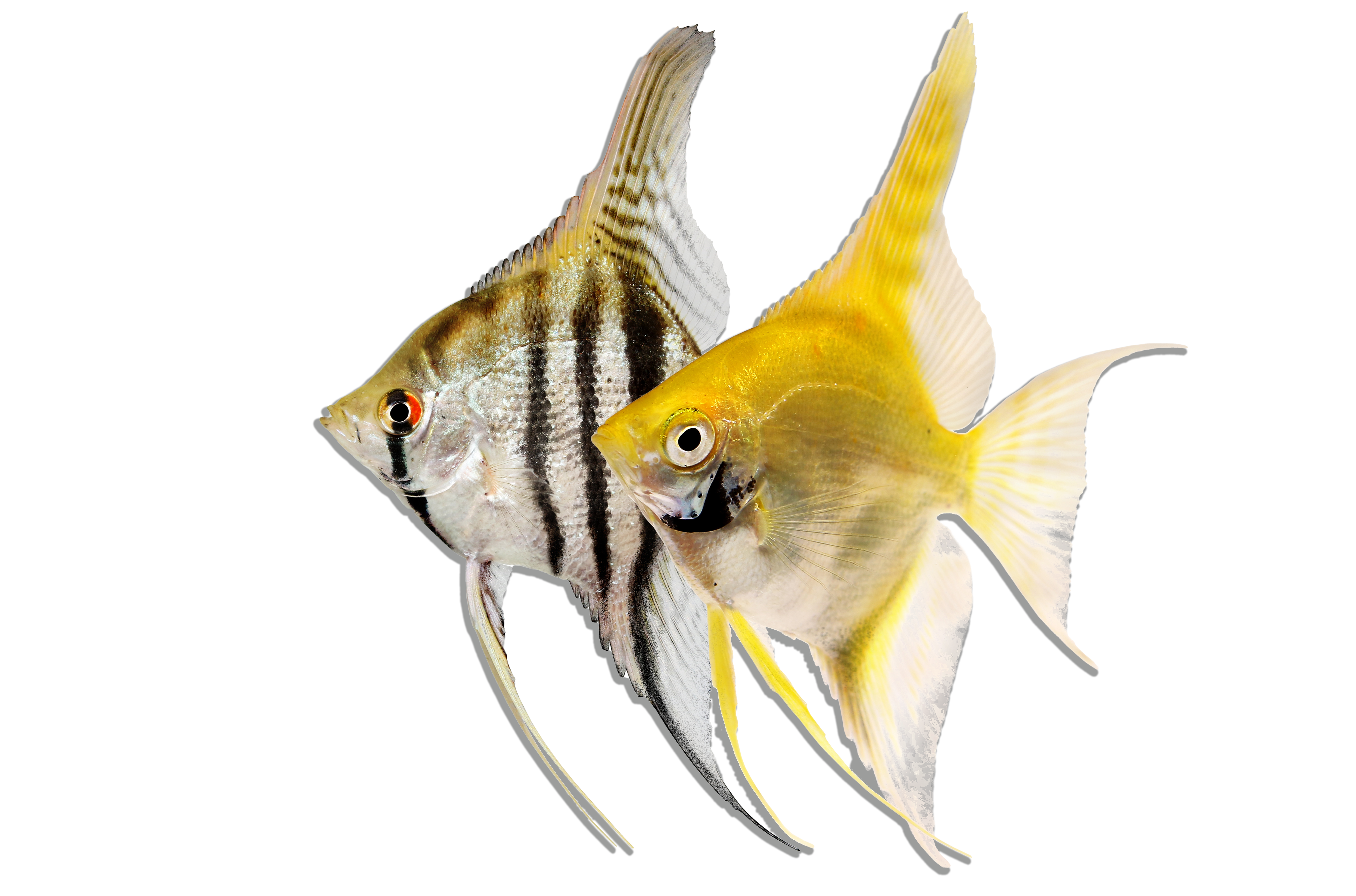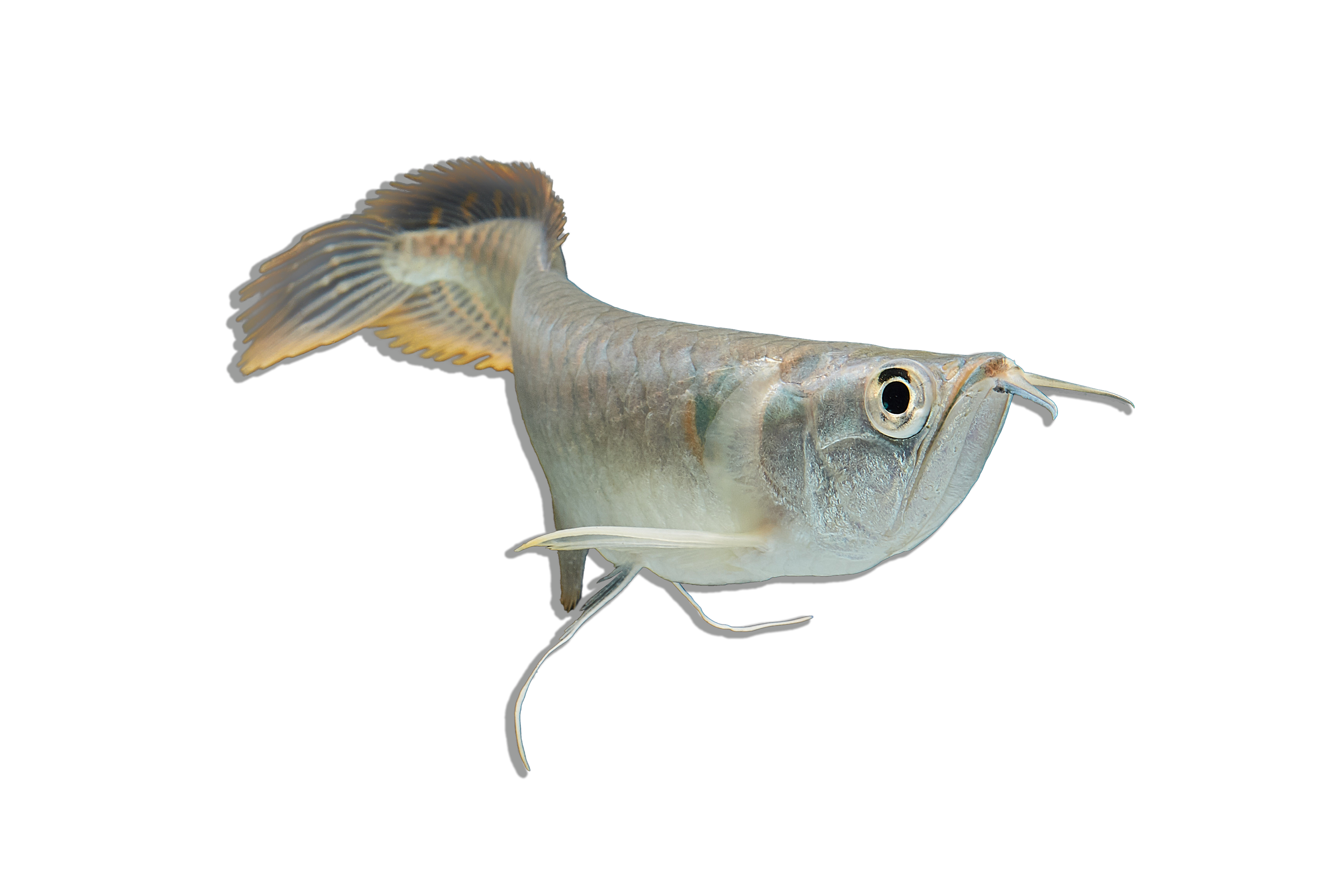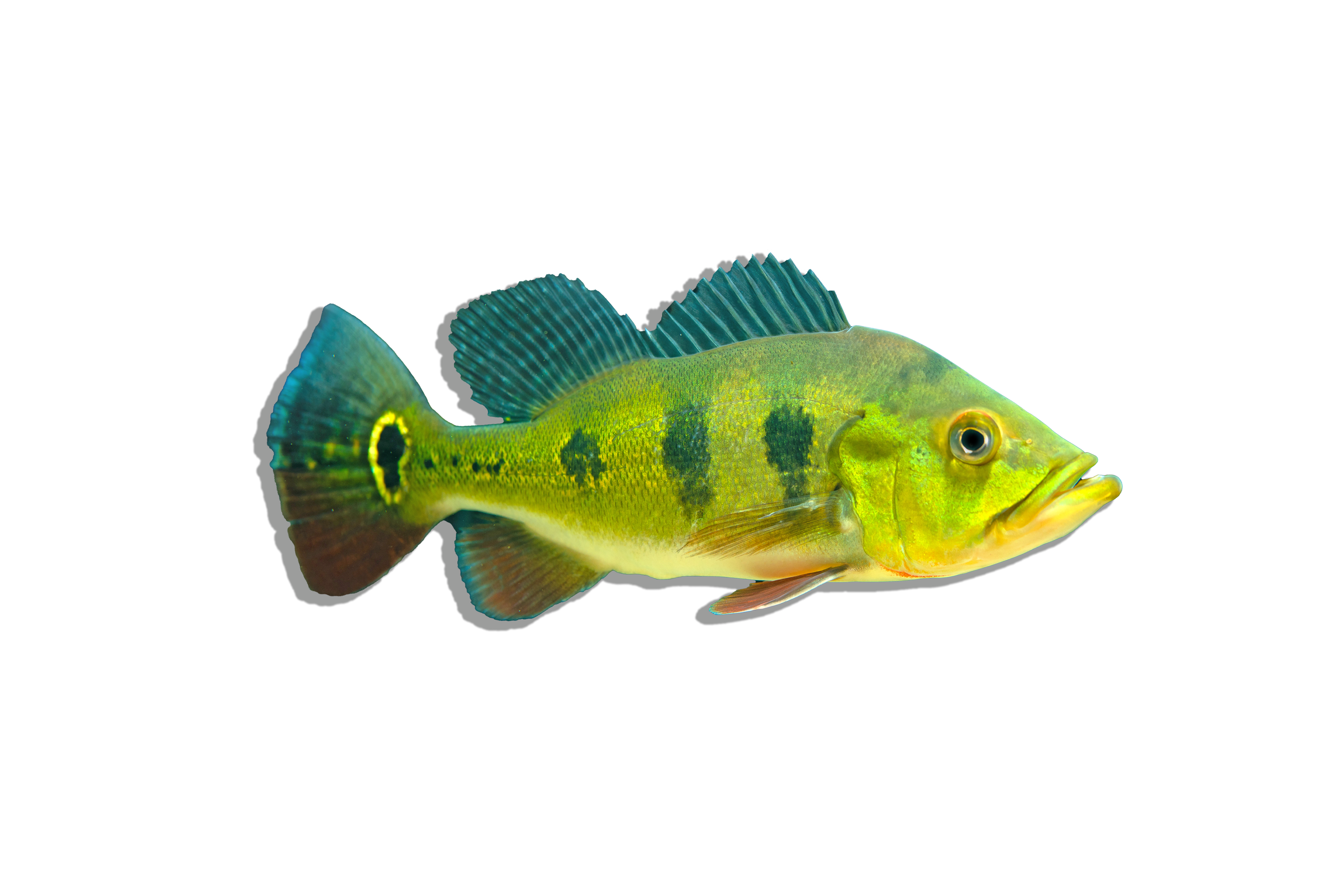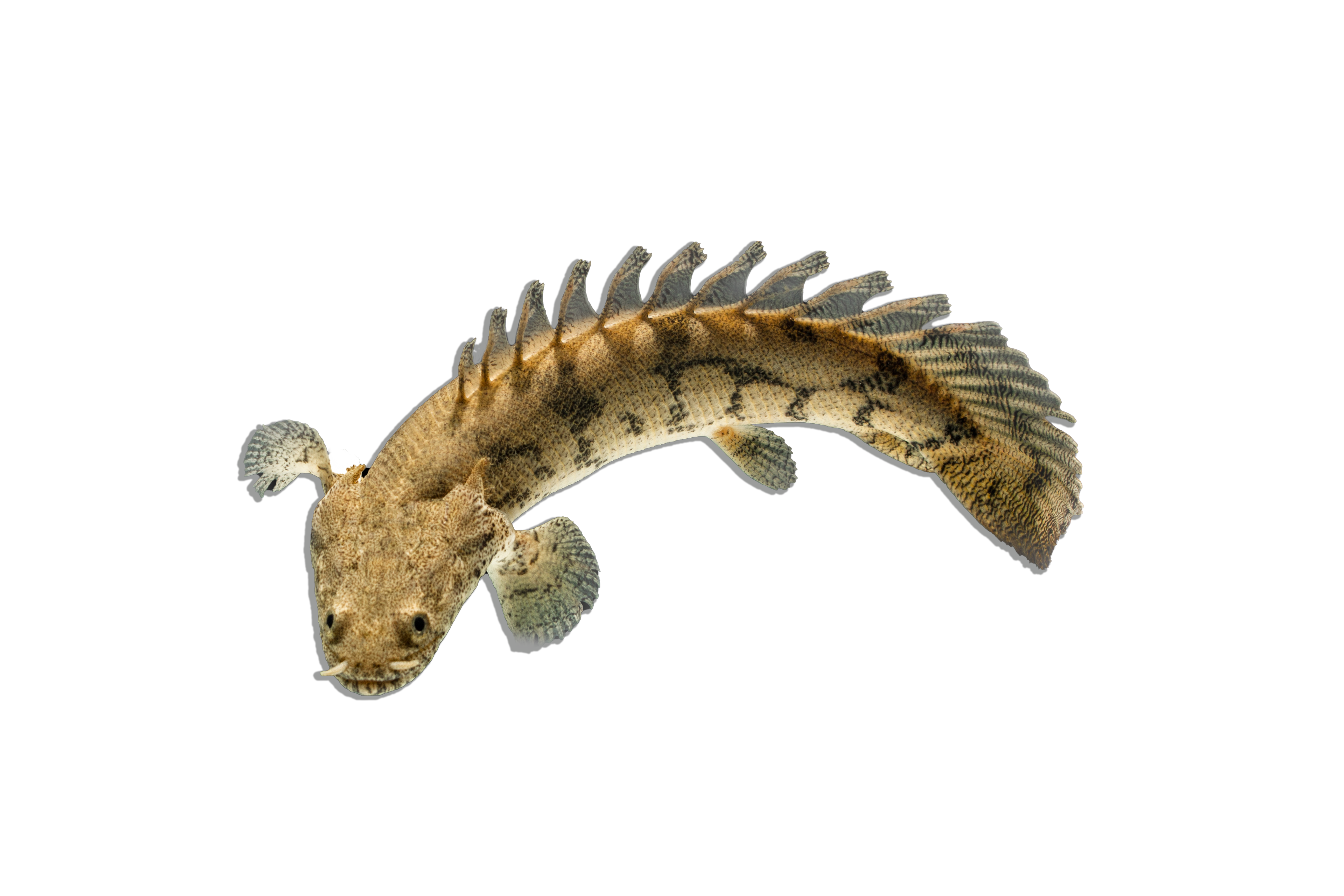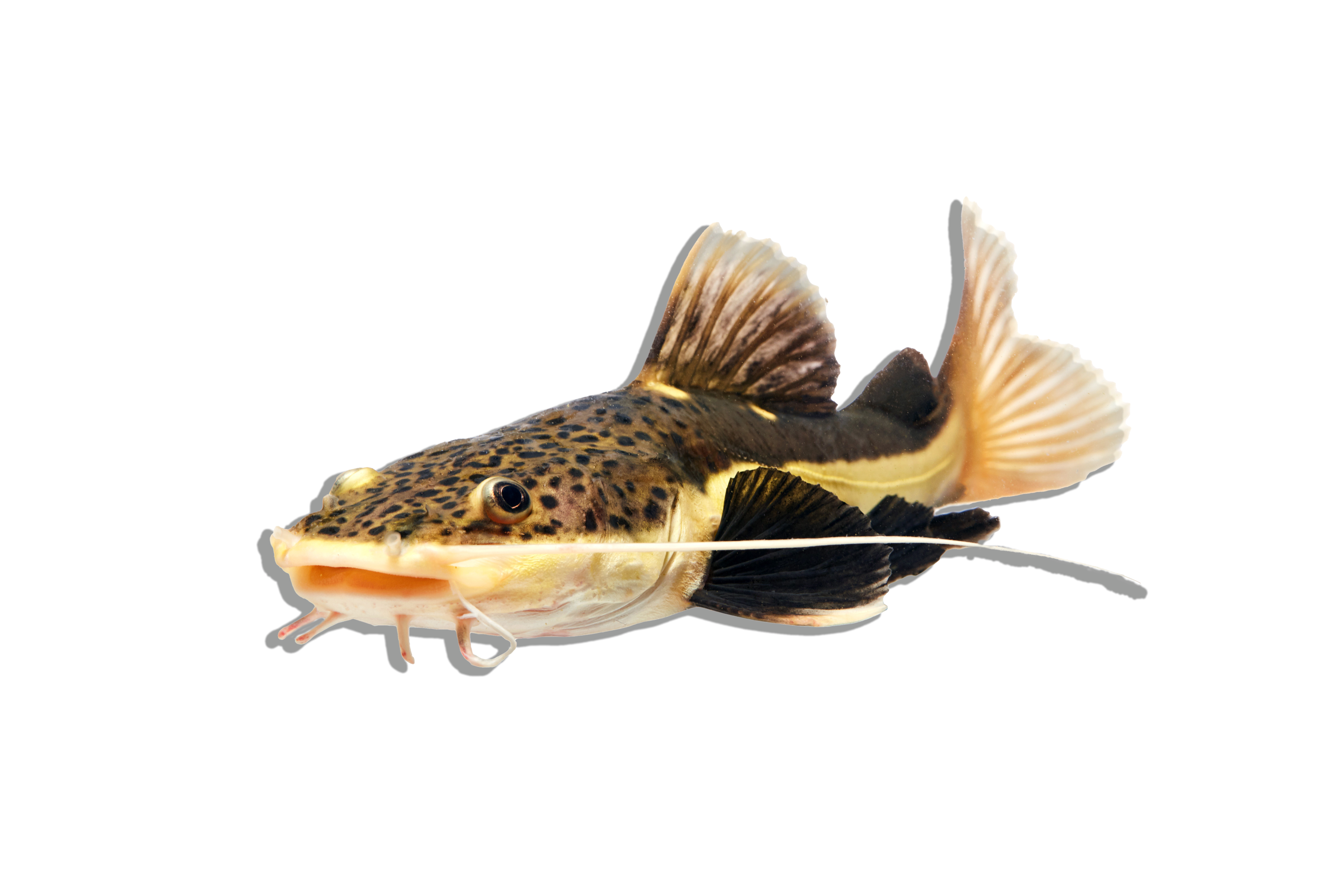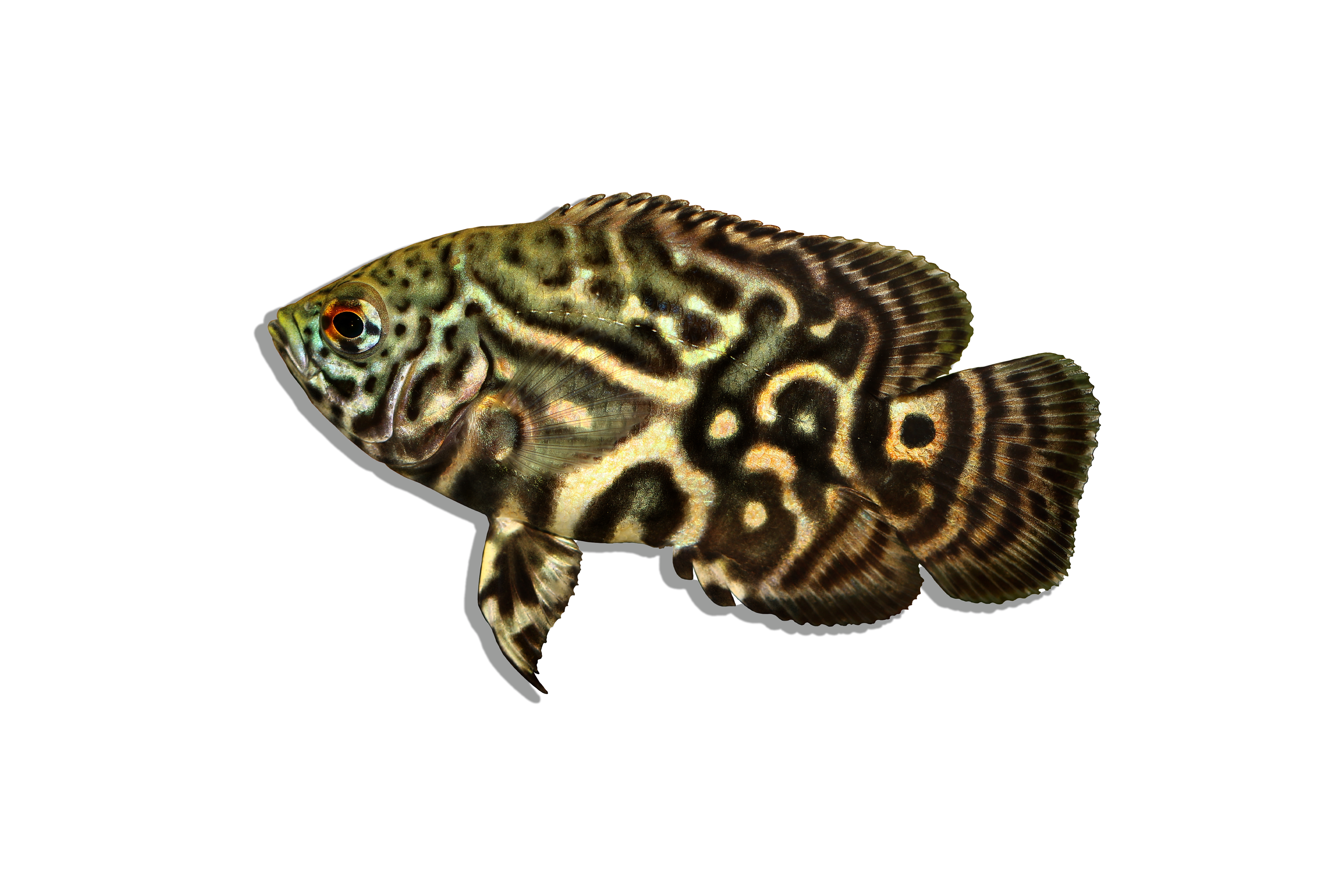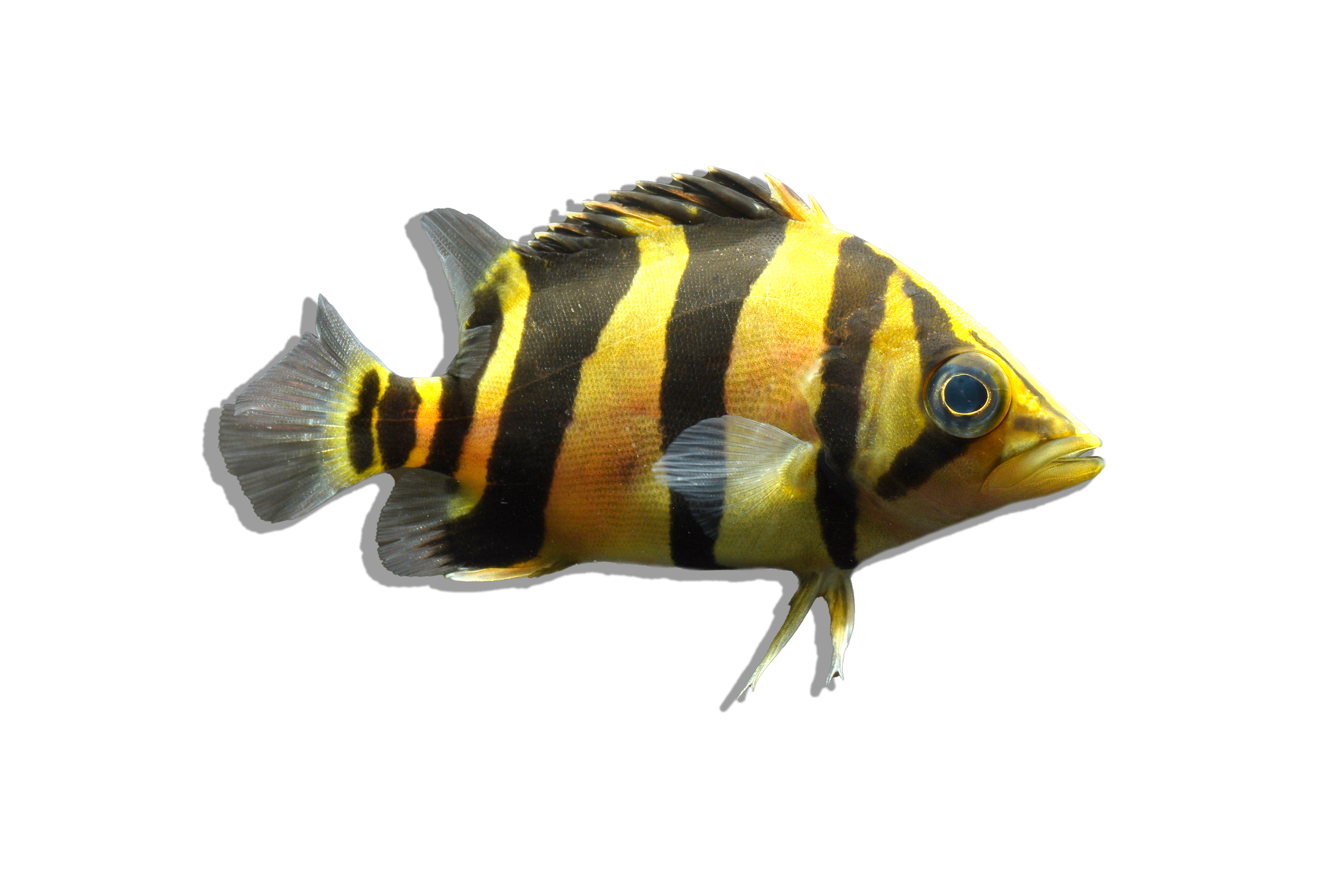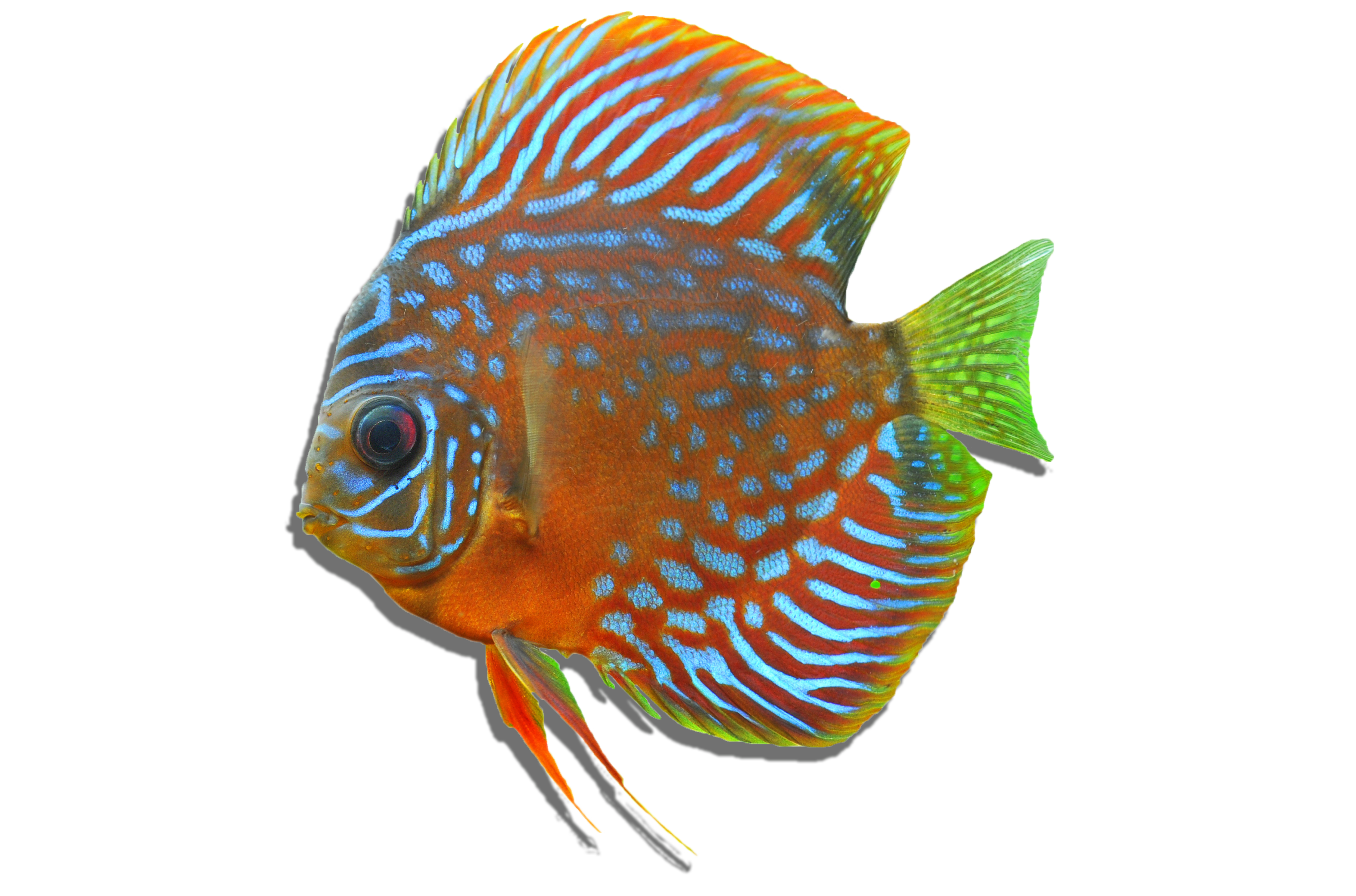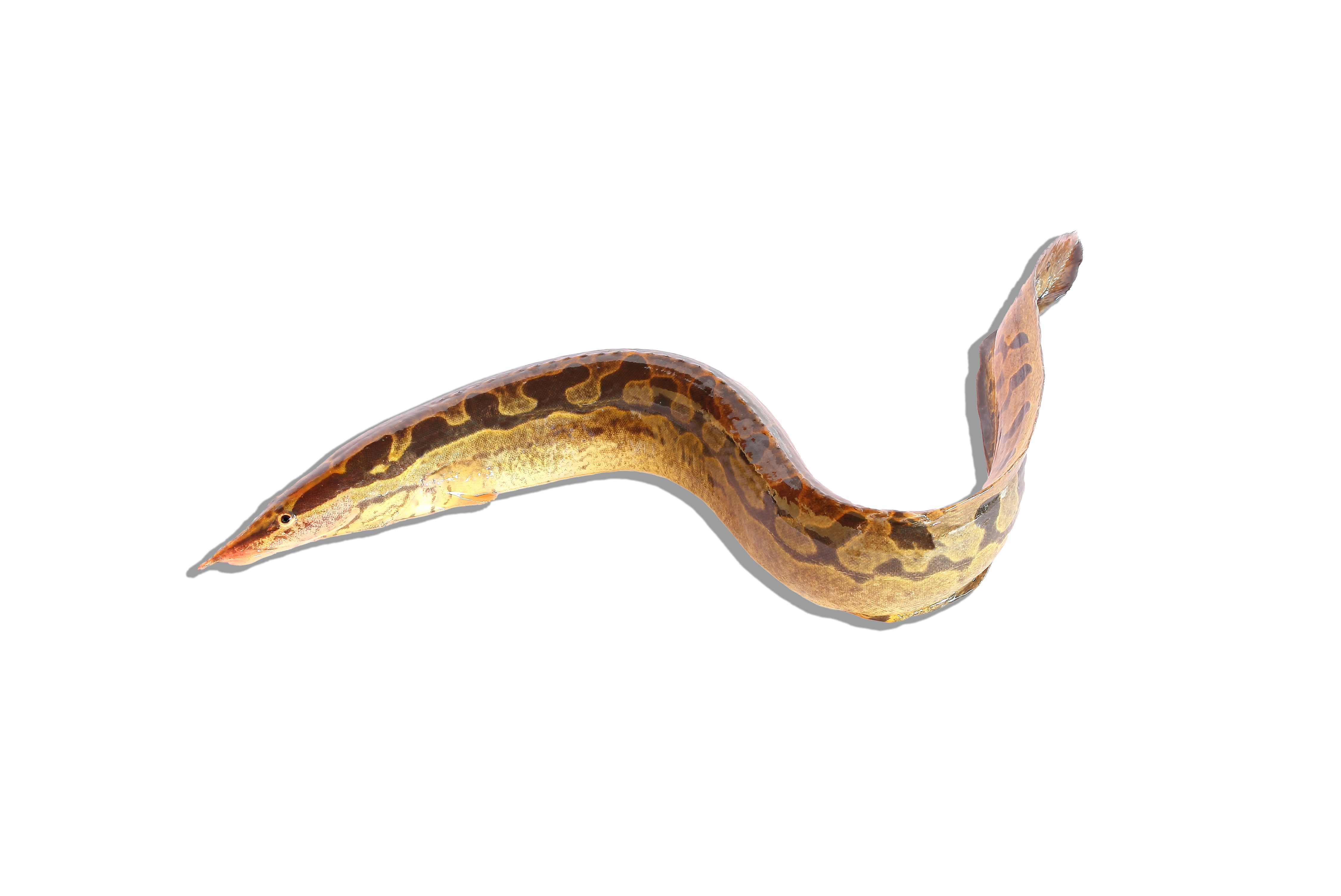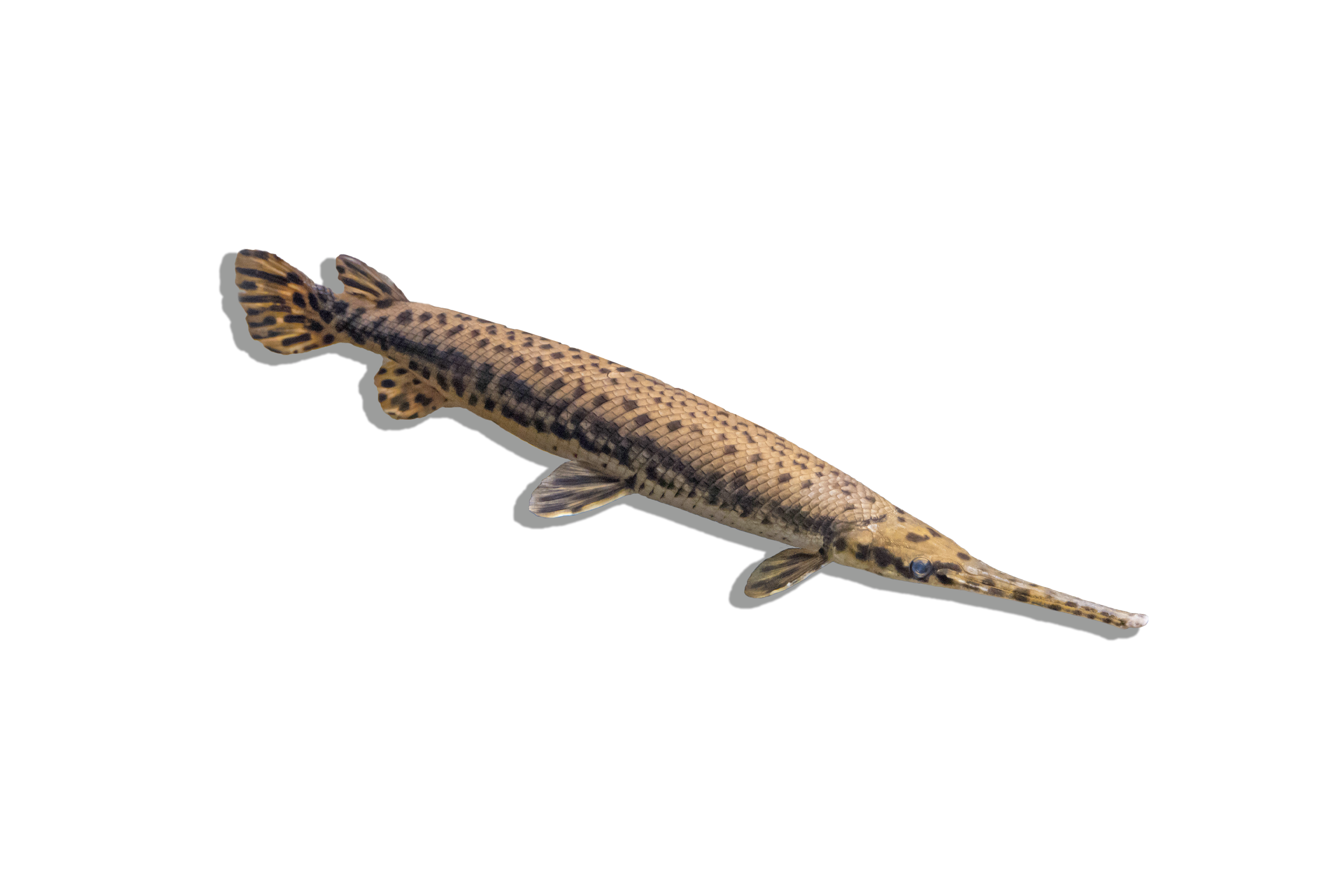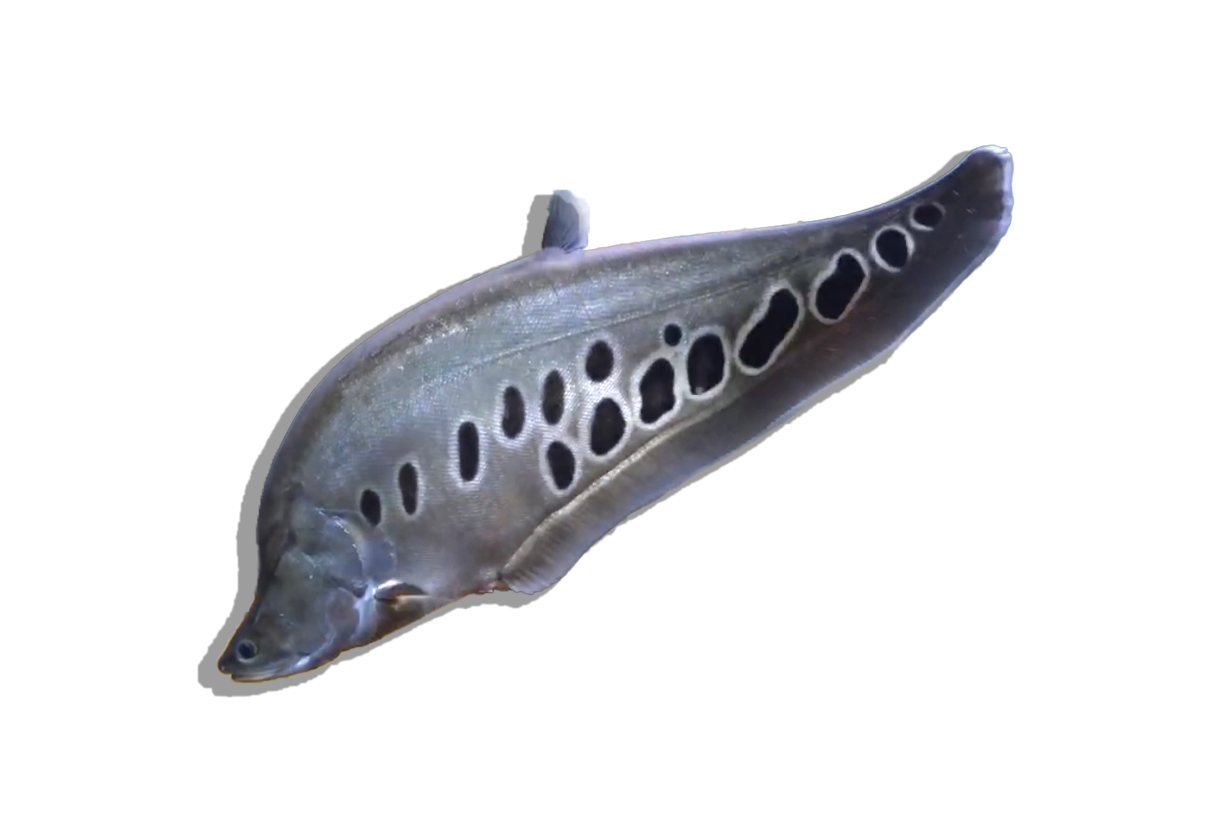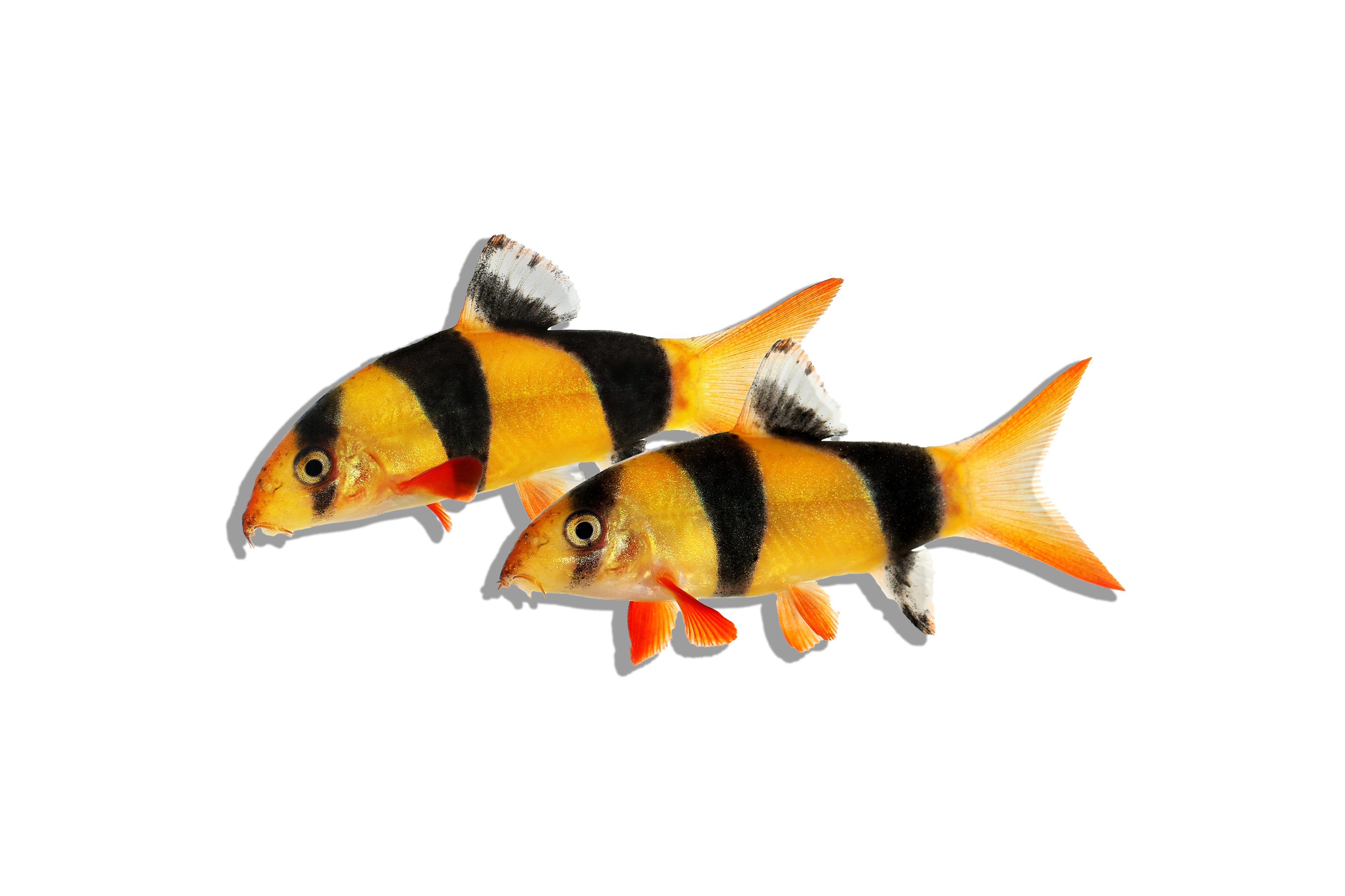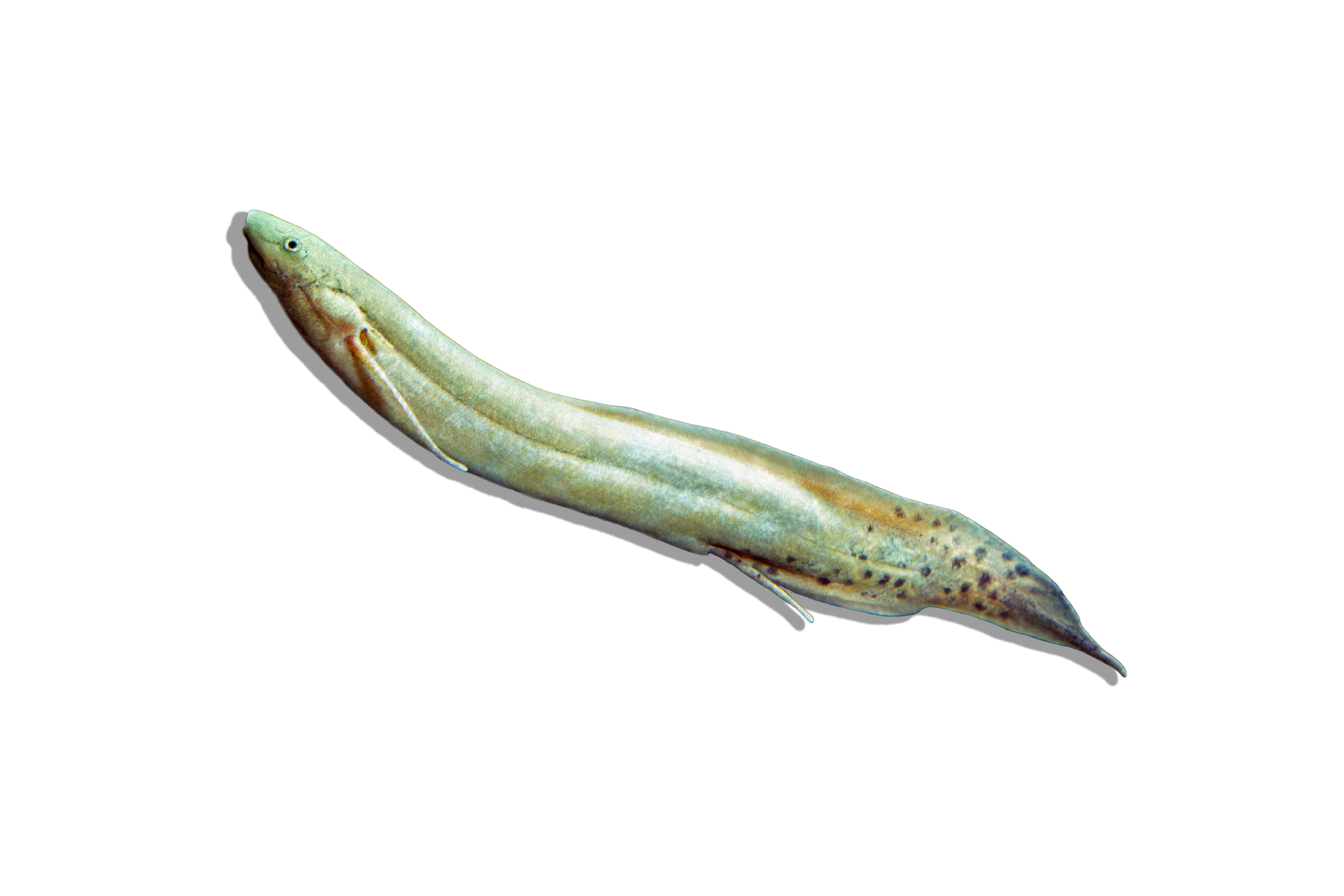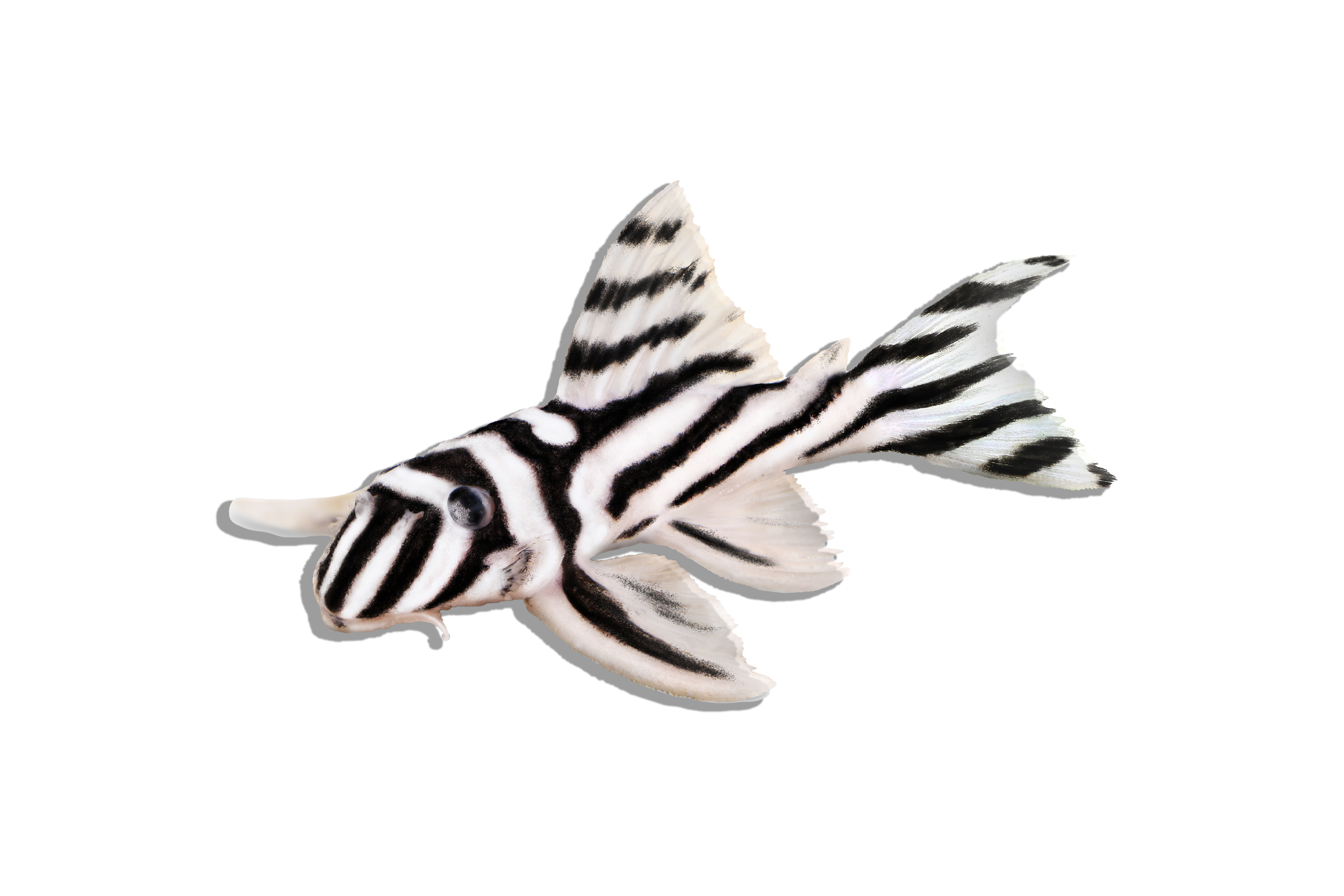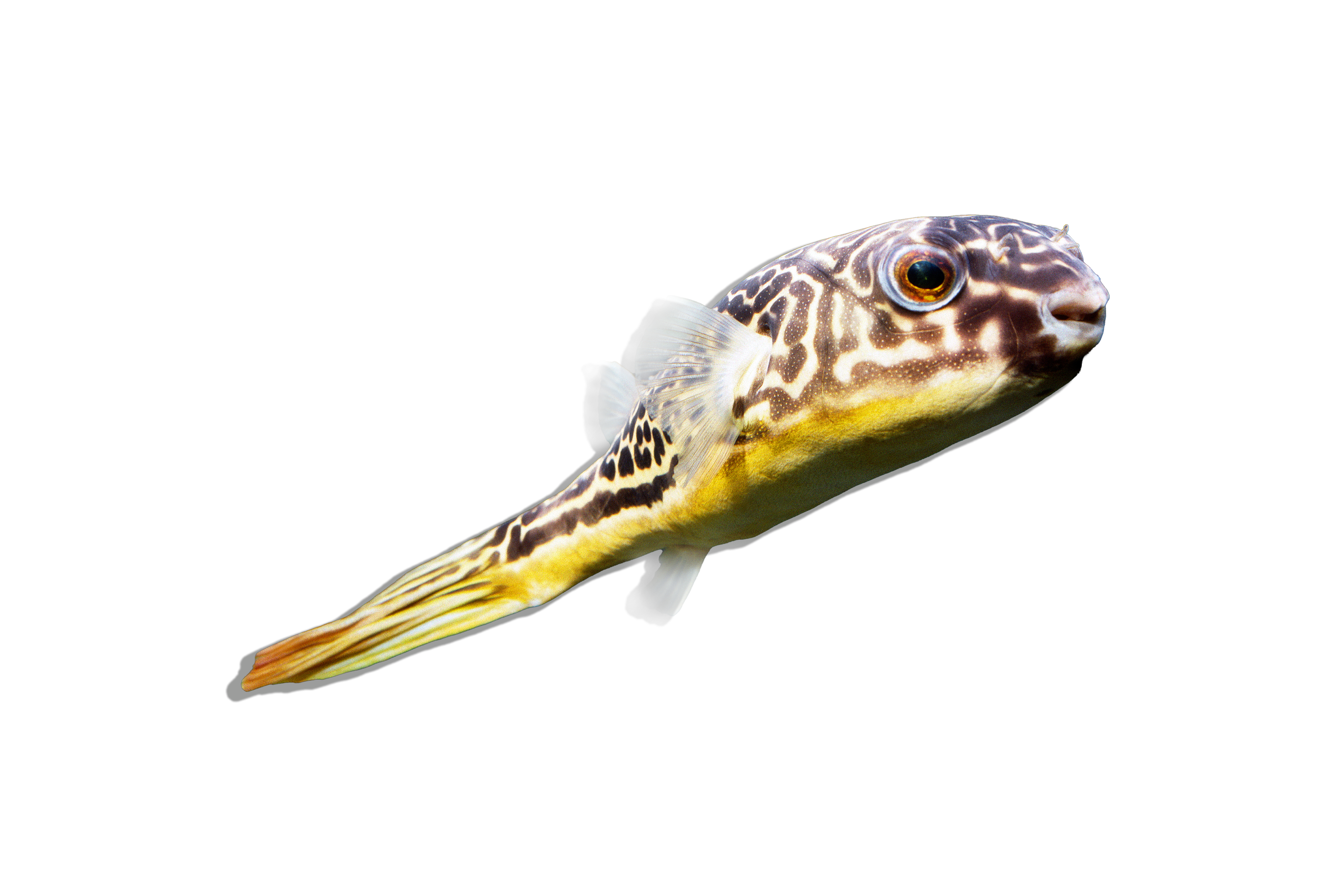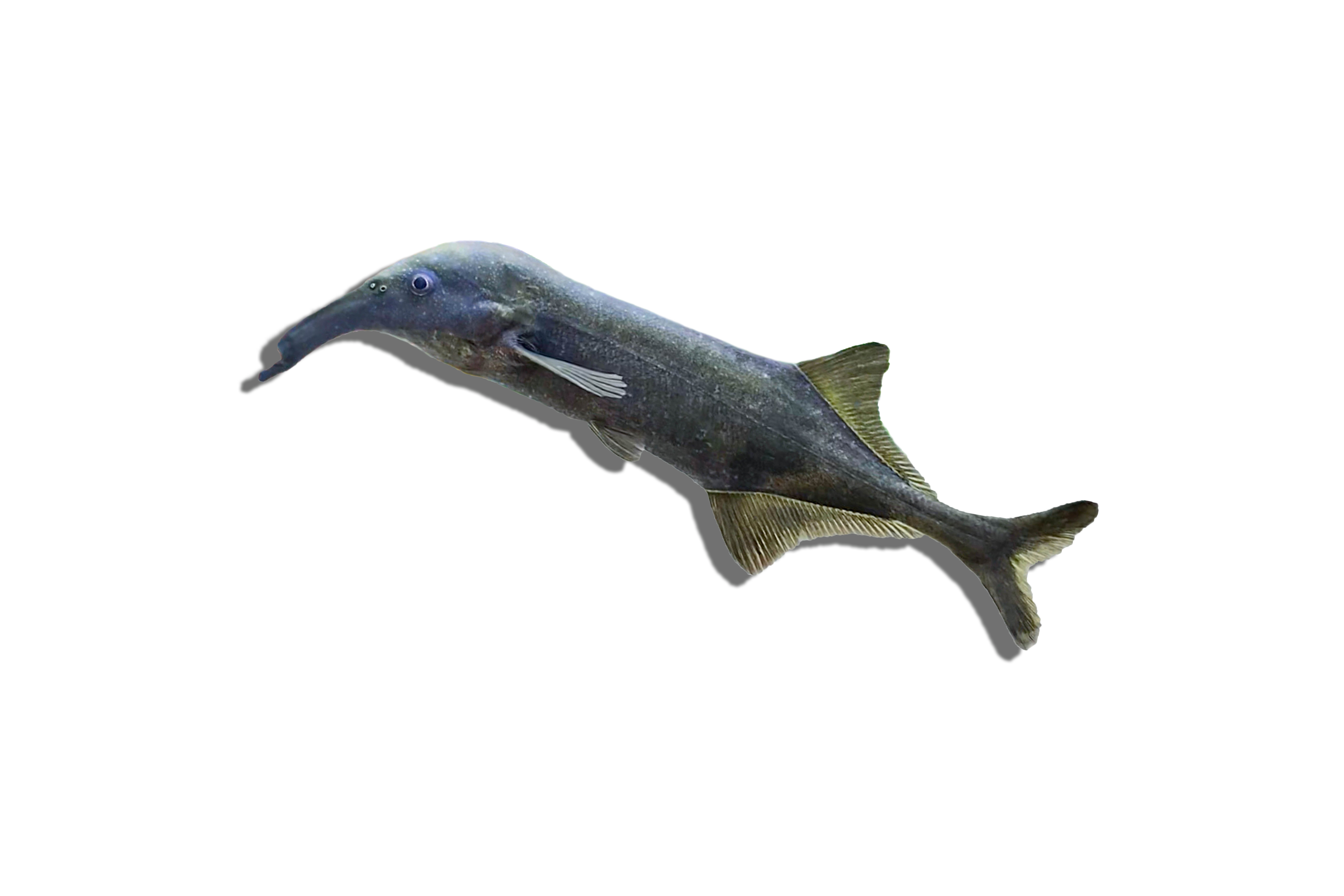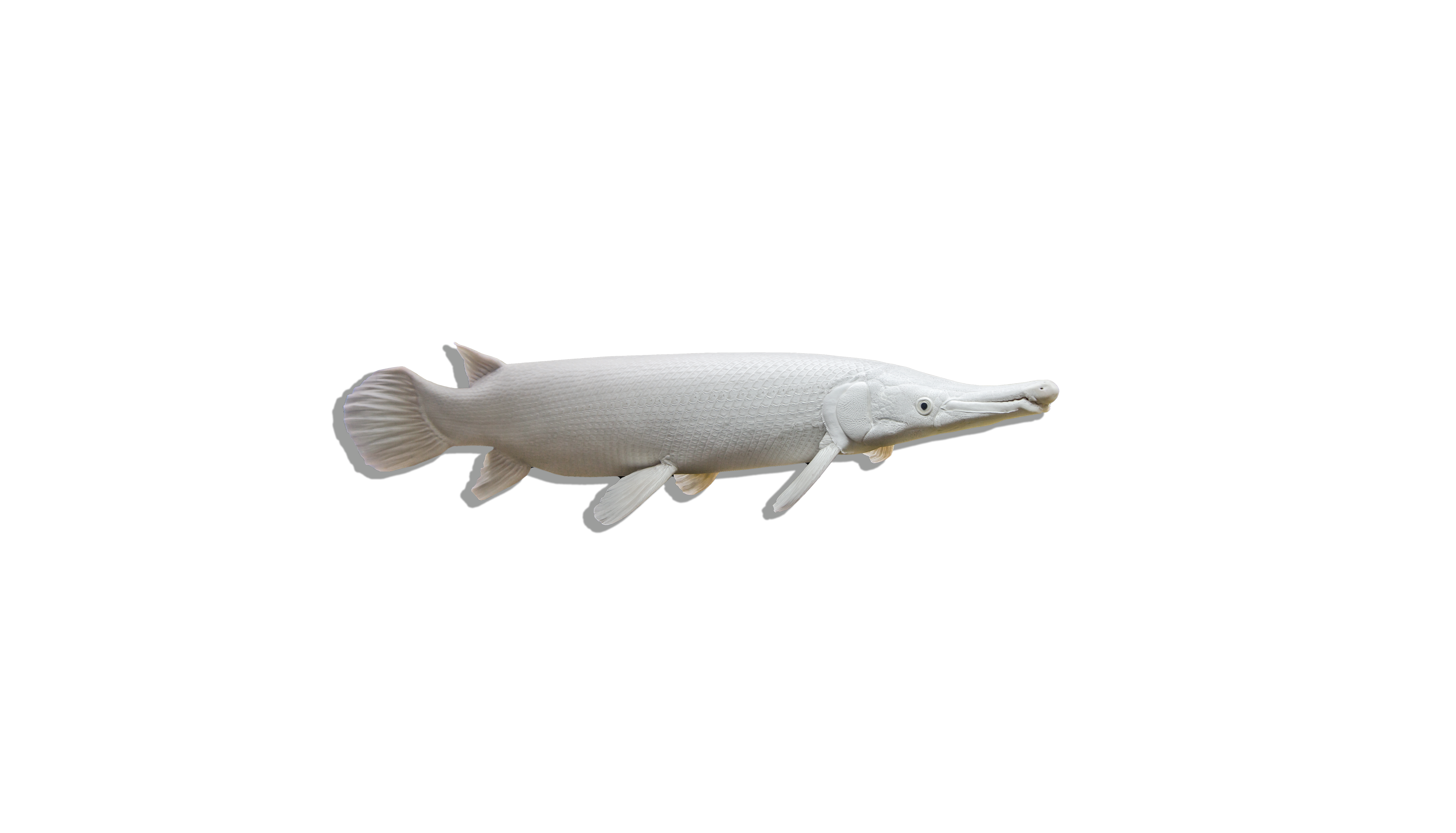Description
Common Name: West African Lungfish
Scientific Name: Protopterus annectens
Other Names: Marbled African Lungfish
The West African Lungfish is an elongated, eel-like fish with a unique and prehistoric appearance. It's characterized by its four tentacle-like pectoral and pelvic fins, which it uses to move about its environment. Its body is covered in mucus, giving it a slightly slippery appearance. The fish is equipped with a pair of functional lungs, allowing it to breathe atmospheric air, making it one of the few fish species capable of surviving in oxygen-poor waters or during droughts. The West African lungfish possesses a fascinating adaptation to cope with the dry seasons common to its habitat: the ability to aestivate. Aestivation, often compared to hibernation, is a dormancy state; however, while hibernation is a response to cold, aestivation is an adaptation to prolonged droughts or extreme heat. When water bodies begin to dry up, the lungfish digs and burrows into the substrate. Once securely inside its burrow, the lungfish secretes a mucus substance, which subsequently hardens to form a protective cocoon around its body. This cocoon not only reduces water loss but also shields the lungfish from potential threats. Despite its dormant state, the lungfish continues to breathe. It achieves this by maintaining a small breathing hole or tube that leads to the surface, enabling it to access air using its lungs. Its metabolic rate also plummets during this period, allowing the lungfish to rely on its stored energy reserves for sustenance. Depending on the drought's duration, aestivation can last for several months or even years. Once the rains return and water levels are restored, the lungfish breaks out of its cocoon and resumes its active state. This incredible ability ensures the survival of the West African Lungfish in environments where the extended dry seasons would otherwise prove fatal to many aquatic species.
Habitat and Distribution: This species is native to a broad range of freshwater habitats in West and Central Africa, including slow-moving rivers, swamps, and marshlands. During the dry season or in oxygen-depleted waters, the West African Lungfish has the ability to aestivate, burying itself in the mud and encapsulating itself in a mucous cocoon.
Size and Lifespan: In the wild the West African Lungfish can grow up to 39 inches in length, while captive specimens will typically reach around 24 to 30 inches. With appropriate care, this species has a potential lifespan of 25 years, or possibly longer.
Diet and Behavior: The West African Lungfish is carnivorous, feeding primarily on fish, crustaceans, and aquatic insects. In an aquarium setting, they can be offered a diet of pellets or frozen and live foods, such as fish fillets, earthworms, and shrimp. It's essential to provide a balanced diet to ensure optimal health. This lungfish is generally slow-moving and spends much of its time resting on the substrate.
Breeding and Reproduction: Breeding in captivity is rare. In the wild, during the rainy season, males create burrows where females lay eggs. Males then guard the nest and ensure the eggs get a consistent supply of fresh oxygen by creating water currents with his pectoral fins.
Aquarium Care and Tank Requirements: A large aquarium is required for this species, with at least a 180-gallon tank recommended for an adult specimen. A soft substrate, such as fine sand, is essential, along with some hiding spots created using rocks and driftwood. Strong filtration and periodic water changes will help maintain a clean environment.
Ideal Tank Mates: Given their predatory nature, it's advisable to keep them with other large, non-aggressive fish. Small fish or invertebrates will likely be seen as food.
Difficulty Level: Intermediate to Advanced. Their care isn't overly complex, but given their potential size and unique requirements, they are best suited for experienced aquarists.
Water Parameters:
- Temperature: 75-82°F (24-28°C)
- pH: 6.5-7.5
- General Hardness (GH): 5-20 dGH
- Carbonate Hardness (KH): 3-10 dKH
- Ammonia: 0 ppm
- Nitrite: 0 ppm
- Nitrate: <20 ppm, preferably lower
Additional Information:
- The West African Lungfish's ability to breathe air and survive in low-oxygen environments is a testament to its adaptability and resilience.
- They are one of the very few lungfish species found worldwide.
- Their ancient appearance offers aquarists a glimpse into the primitive days of fish evolution.
- It's essential to secure the aquarium lid, as lungfish have been known to push lids or jump out when seeking air or during periods of increased activity.

